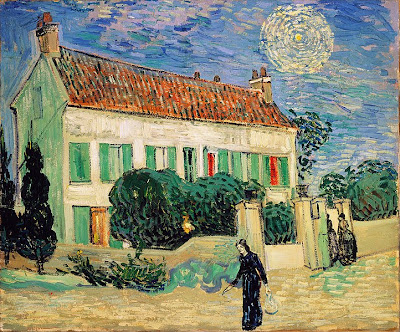
Fresco is a way of painting pictures. A fresco is a painting that is ended on a wall. All wall paintings are sometimes called frescoes by mistake. A true fresco is painted onto plaster that is fresh.
The plaster has been laid on the wall that day and is still damp. The word fresco comes from the Italian for "fresh “Advantages and disadvantages of fresco painting.
The good things about fresco painting:
Fresco is a very good way of painting pictures on walls. It is much easier than painting on dry plaster because when paint is put onto dry plaster, it sinks straight in. Painting on fresh plaster means that the artist can spread the paint much easier.
Another reason why it is a good way to paint pictures on plastered walls is that the paint joins with the plaster so that the colors will not rub off. Frescoes last for hundreds of years. If they are reserved clean and dry, the colors will stay bright for a very long time.
Fresco is the "green" method of painting because it doesn't use dangerous chemicals. The water, the calcite and the colors do not cause pollution.
The bad things about fresco painting:
The problems with painting frescos come from the plaster. It must be mixed up and put on the wall freshly every day and left to partly dry before it can be used.
As the plaster begins to dry or "set", the artist can start the picture. The plaster becomes very hot while it is drying, giving off steam, and a psaltery smell.
The artist must work very quickly and carefully. If he/she makes a mistake, the plaster must be scraped off. Unlike most other types of painting, frescos can't be moved from place to place, or rearranged.













 During the later 14th century, International Gothic was the style that dominated Tuscan painting.
During the later 14th century, International Gothic was the style that dominated Tuscan painting.












